SAEDNEWS: Tucked along the warm, blue shores of the Persian Gulf, Kong Village in Hormozgan Province is one of southern Iran’s best-kept secrets. With its stunning traditional architecture, ancient maritime history, and peaceful coastal charm, Kong is more than a village — it’s a journey through time.
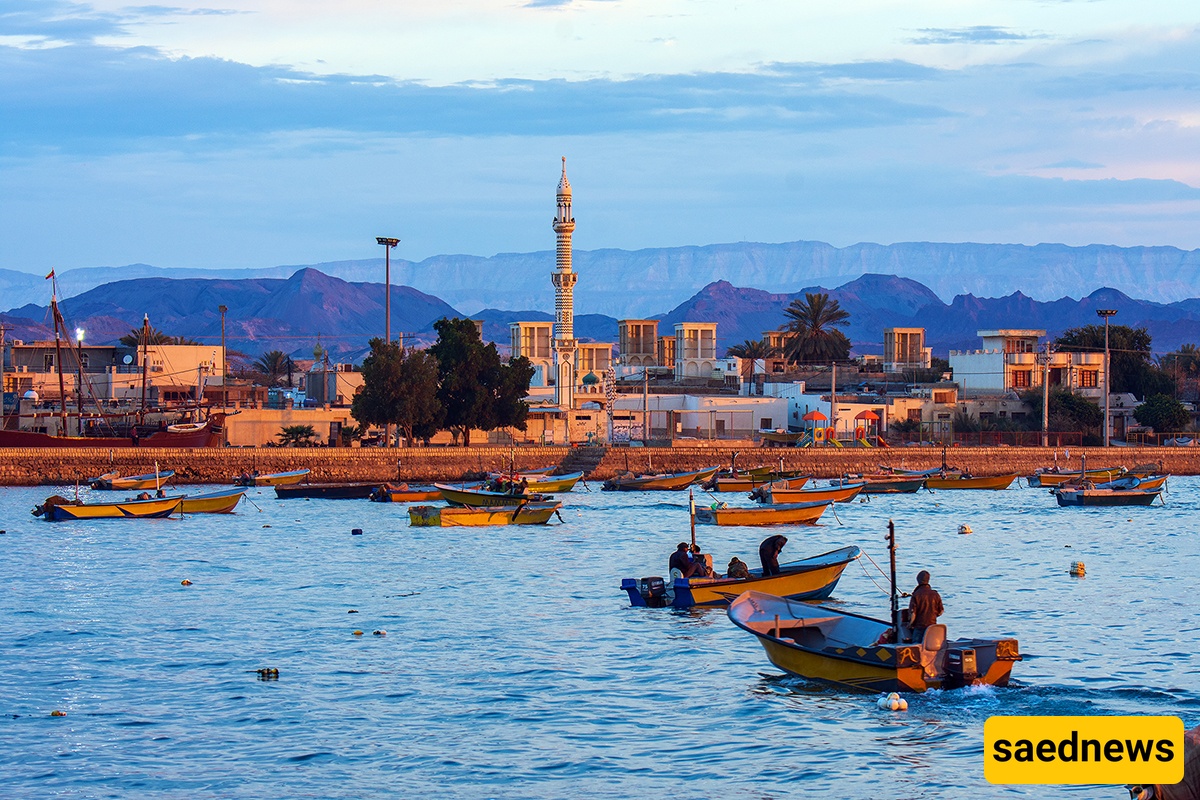
Located near Bandar Lengeh on the southern coast of Iran, Kong is a fascinating historical village that has managed to preserve its unique architectural and cultural identity despite the march of time. Its strategic position on the Persian Gulf once made it a key hub for trade, seafaring, and cultural exchange — and traces of that golden past can still be seen in every stone, alley, and wave.
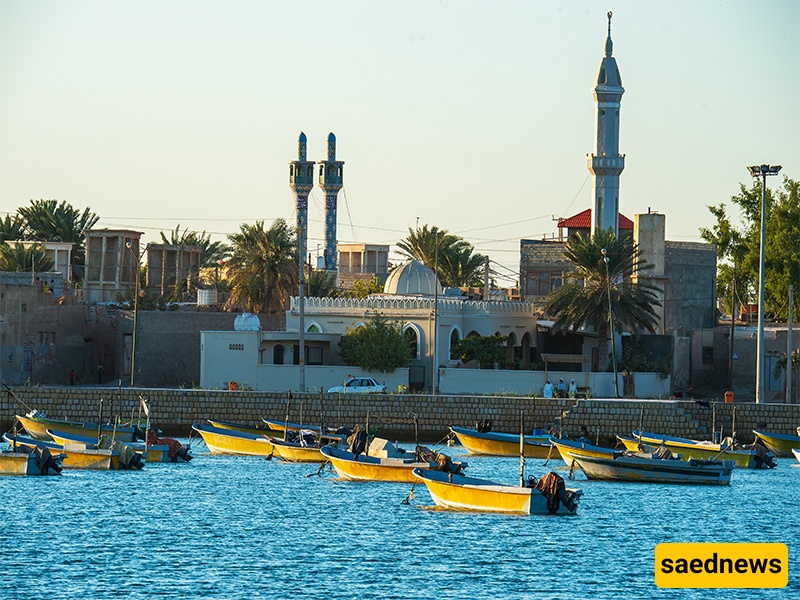
One of the most striking features of Kong is its traditional architecture, deeply adapted to the hot and humid coastal climate. The village is dotted with badgirs (wind towers) — ancient Persian air-conditioning structures — that cool the interiors naturally. Many houses are built using coral stone and lime, sourced from the sea itself, giving the village a distinct sun-bleached glow.
The narrow, maze-like alleys of the village are both aesthetic and functional, offering shade during hot days and creating natural wind corridors. Walking through them feels like stepping into another era — one where craftsmanship, climate awareness, and beauty were intricately linked.
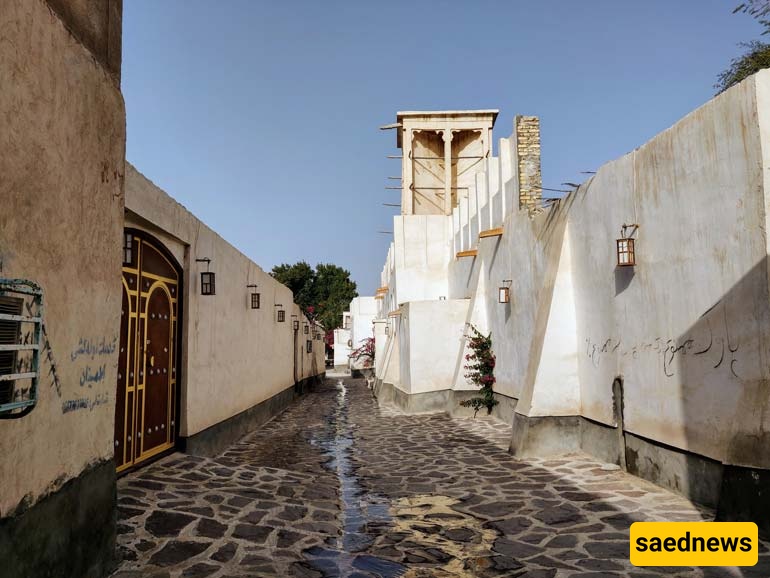
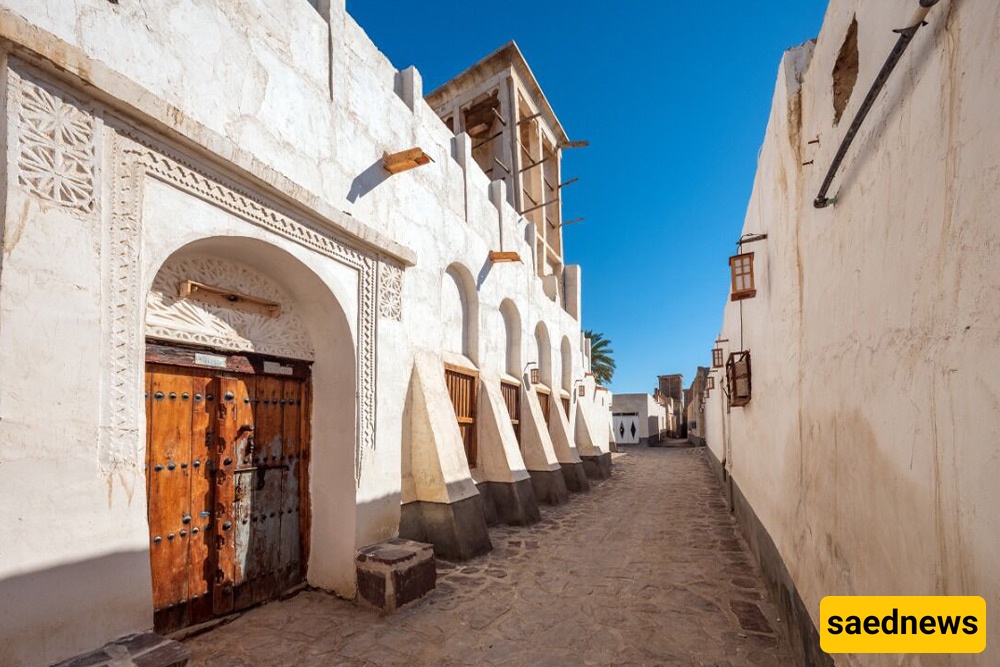
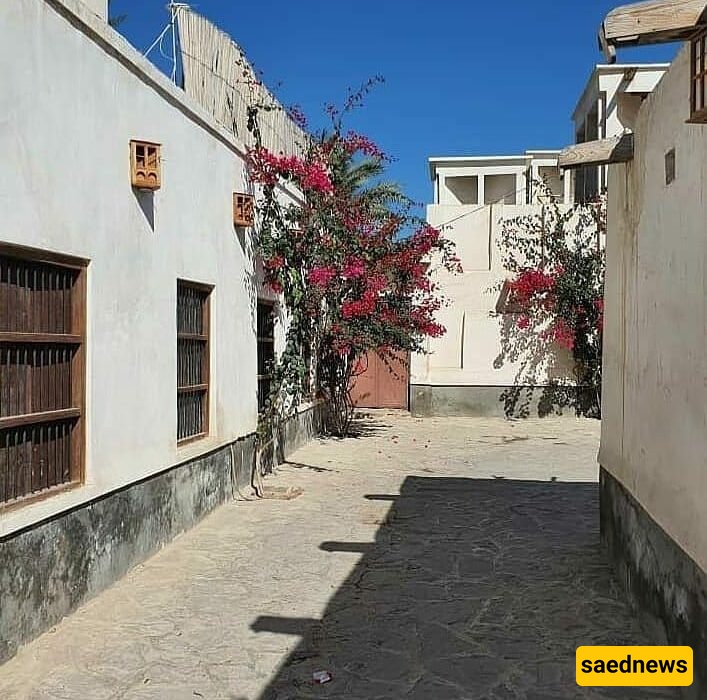
Kong’s identity is deeply rooted in its seafaring traditions. For centuries, the people of Kong were known as expert shipbuilders, sailors, and traders who navigated the waters between Iran, India, East Africa, and the Arabian Peninsula. The village still holds remnants of wooden shipyards, and you might even spot a few craftsmen building traditional wooden dhows using ancestral techniques.
There’s also a small but impressive maritime museum, which showcases ancient maps, navigation tools, and photographs — offering a glimpse into the salty, adventurous past of the region.




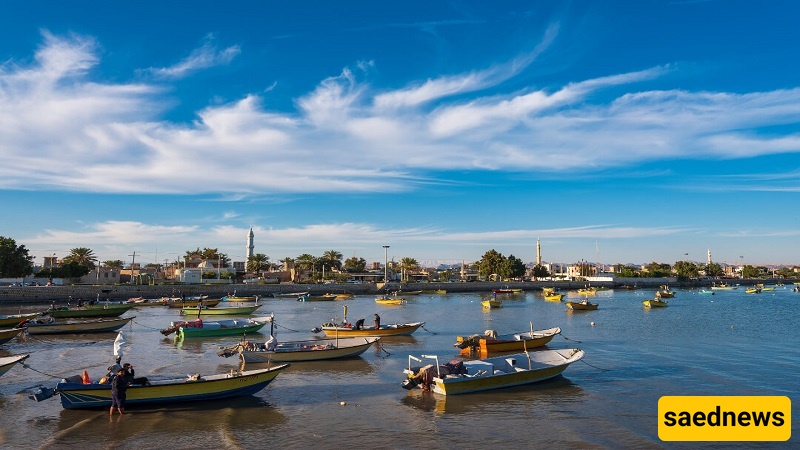
Thanks to its historical position as a trade center, Kong has been influenced by Persian, Arab, Indian, and East African cultures. This vibrant blend is reflected in everything from the village’s architecture to its music, cuisine, and language dialect.
The people of Kong are famously warm and welcoming. A visit to the village is incomplete without sitting down for a cup of sweet local tea, perhaps flavored with cardamom or saffron, and chatting with the elders who carry a wealth of stories about their voyages and ancestors.

Stroll through the historic village alleys and admire the coral stone houses.
Visit the wind towers and learn about traditional cooling systems.
Explore the maritime museum and old shipyards.
Enjoy the sunset by the Persian Gulf, with breathtaking views and peaceful vibes.
Take a boat ride to nearby islands or coastal villages.
Taste local seafood dishes, especially grilled fish, shrimp stew, or "Havari" (a local porridge).
Photograph the unique doors and architecture — each house tells a visual story.
Location: Near Bandar Lengeh, Hormozgan Province, southern Iran. About 30 minutes by car from Bandar Lengeh.
Best time to visit: October to March, when the weather is cooler and more comfortable.
Where to stay: Boutique guesthouses are available in Kong and nearby towns, often offering traditional-style rooms and local meals.
Local guides: Hiring a local guide will enhance your experience — they can explain the cultural history and take you to hidden corners.
Don’t forget: Bring a camera! Kong is one of the most photogenic villages in Iran.
If you’re looking for a destination that combines history, culture, architecture, and natural beauty — all without the crowds — Kong Village is a perfect choice. It's not just a place to visit, but a story to listen to. Let the whispers of the wind towers and the rhythm of the sea guide you through one of Iran’s most enchanting southern treasures.

